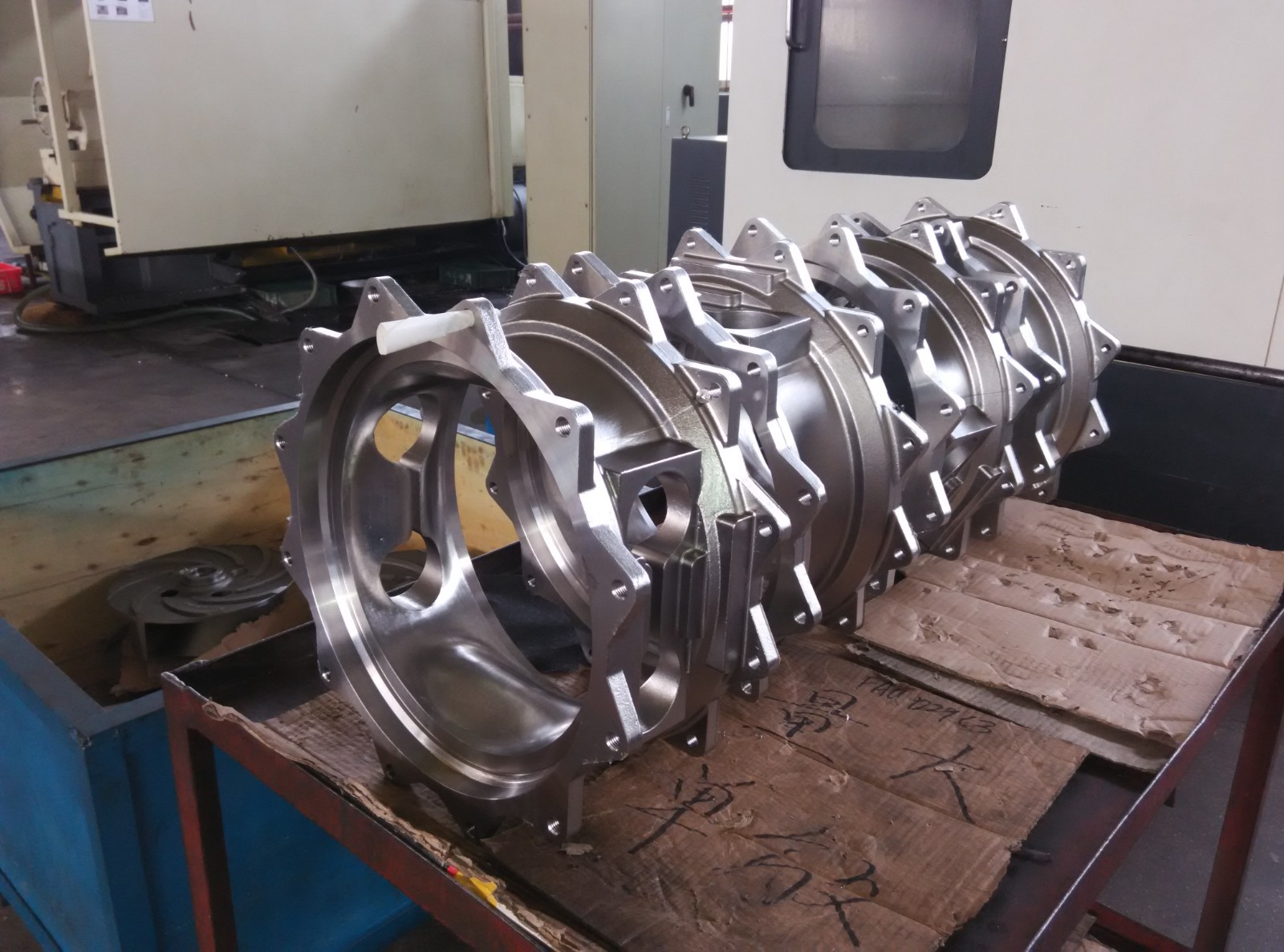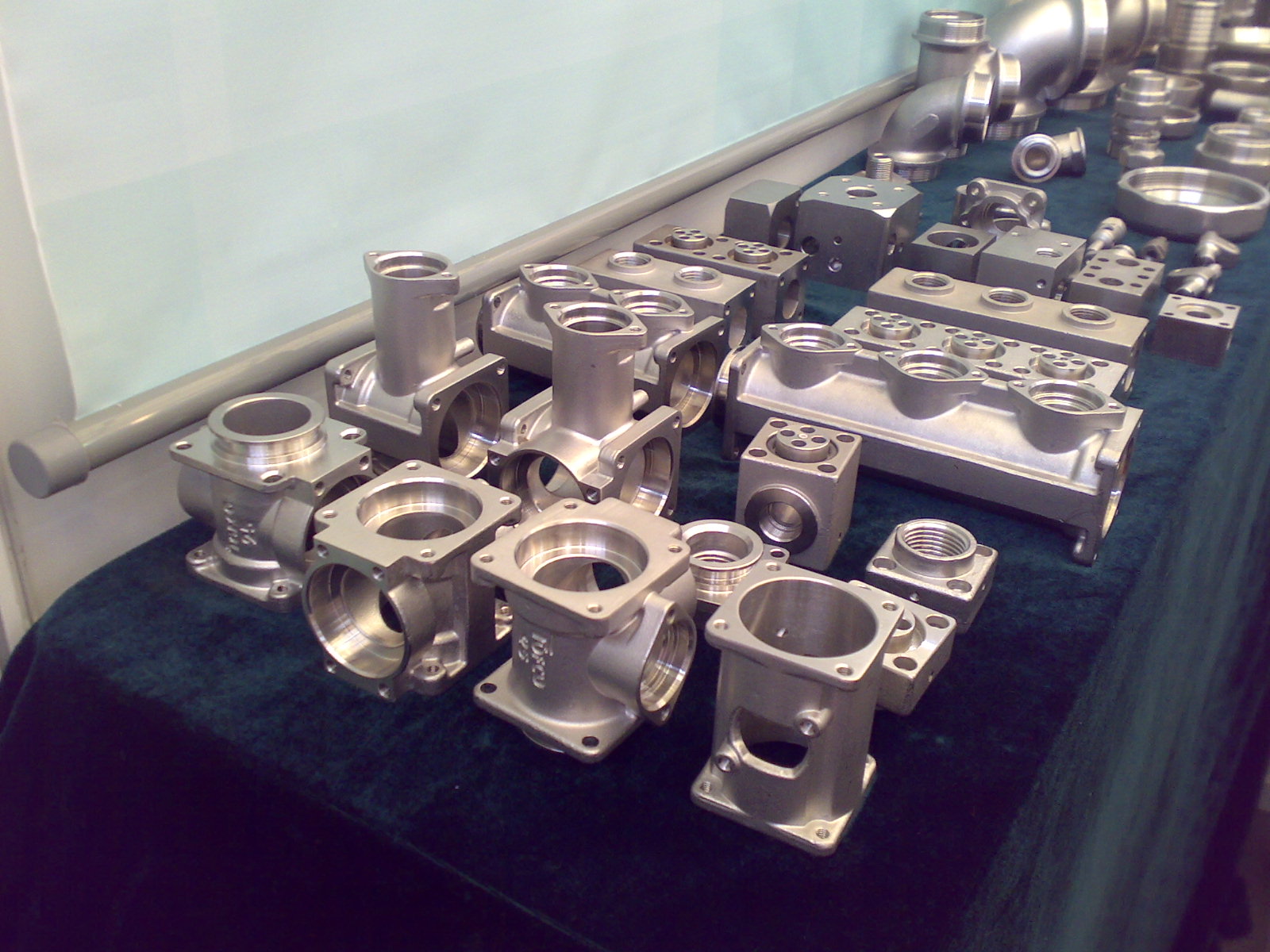+86 311 85258258
+86 311 85258258


ZEN YOUNG’s investment casting foundry covers an area of approximately 30,000 square meters and has 110 employees. We offer full-service tooling casting processes, including stainless steel casting. We provide custom stainless steel castings and components for industries and applications such as automotive, food and dairy, machinery, medical, plumbing, water supply, mining, petrochemical, power, energy, aerospace, submarines, etc. We follow ISO 9001:2015 standardized production and can handle more than 200 alloys, ranging from 1 pound to more than 6,000 pounds.Typical tolerances are ± .005” per inch.
There are several techniques used for stainless steel casting, such as stainless steel investment casting, shell mold casting, sand casting, ceramic mold casting. Among these, stainless steel investment casting provides the greatest benefits, particularly for producing complex shapes that demand high-quality surfaces, precise tolerances, and minimal machining or finishing after casting. This method is especially effective in lowering production costs by reducing the need for extensive post-casting processes.
We will choose different casting methods for processing according to the product shape, material and your working conditions. Many years of processing experience can guarantee the quality of the casting parts.
- Precision machining with high accuracy
- Zinc plating, nickel plating, electroplating, and chrome plating finishes
- Anodizing, phosphating, acid treatment, and polishing services
- Broaching, milling, drilling, and tapping processes
- Surface grinding, sandblasting, and powder coating applications
- Heat treatment
It is essential to learn and understand stainless steel grades to help you choose the most suitable option for your stainless steel casting needs. At ZEN YOUNG Foundry, we offer more than 30 different grades of cast stainless steel alloys, available in various shapes and sizes to meet your specific requirements. These alloys include the following:
1.1 Austenitic Stainless Steel This type of casting is the most commonly used material, accounting for more than 70% of production. Grade 304 is the most commonly specified casting grade, with other popular austenitic grades including 316 and 317. We provide various austenitic stainless steel alloys, including CF8 (304) and CF8M (316), which are suitable for use across a broad range of temperatures and resistant to many corrosive chemicals. However, these grades cannot be hardened by heat treatment and may be susceptible to stress corrosion cracking.
1.2 Ferritic Stainless Steel This type of casting involves a chromium stainless steel process, with the chromium content varying between 10.5 and 18% along with low carbon content. One of the ferritic steels we handle is CB-30. Unlike austenitic steels, this steel is suitable for resistance to stress corrosion cracking, usually caused by chlorides. However, these ferritic steels are weldable or machinable, and their performance decreases at lower temperatures.
1.3 Martensitic Stainless Steel: Our range of martensitic stainless steel alloys includes ASTM A743 CA6NM ASTM A276 SS420.
ASTM A743 CA6NM with high toughness and moderate corrosion resistance. It's often used in pump and valve components due to its excellent mechanical properties and resistance to cavitation erosion. ASTM A276 SS420 is a specification for martensitic stainless steel, specifically Grade 420, which is known for its high hardness and moderate corrosion resistance. It is commonly used in applications like cutlery, surgical instruments, and parts that require a combination of strength and wear resistance.
1.4 Duplex Stainless Steel: At ZEN YOUNG Foundry, we handle duplex stainless steel, such as CD4MCu, which is stronger and more resistant to corrosion and erosion than other grades. Its lower alloy contents, molybdenum, and nickel, decrease the metal cost of these alloys. However, it is limited to lower impact toughness when subjected to low temperatures and reduced performance at high temperatures.
For many years, Zen Young Foundry has been providing customized metal casting services for various industries and project types.
Mining & Engineering Machinery Casting Parts
If you are looking for a solution that fits your custom metal Sand casting project, Zen Young can help you produce perfect metal parts through a reliable casting process. We always welcome special material and difficult parts and would like to help our comstomers utmost.